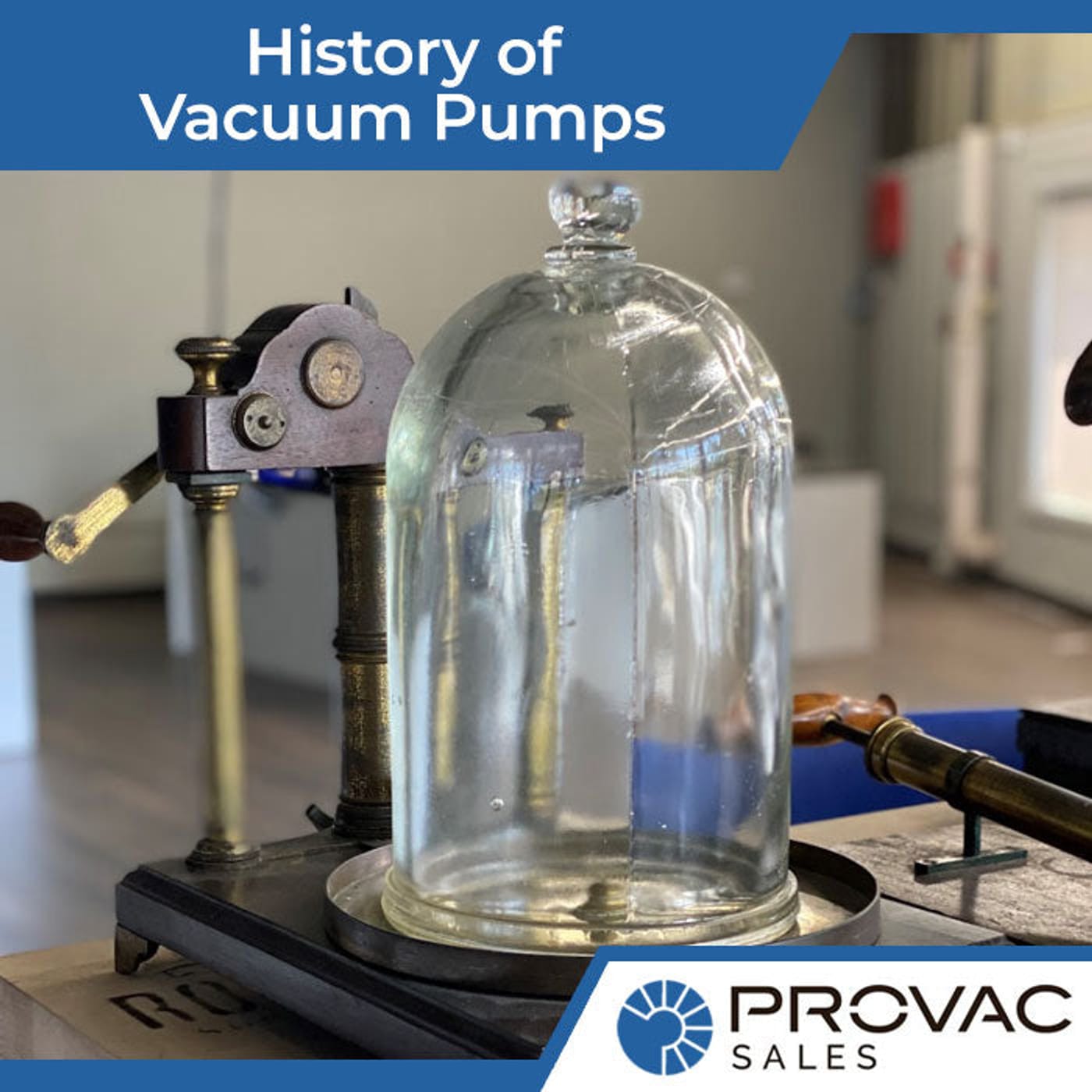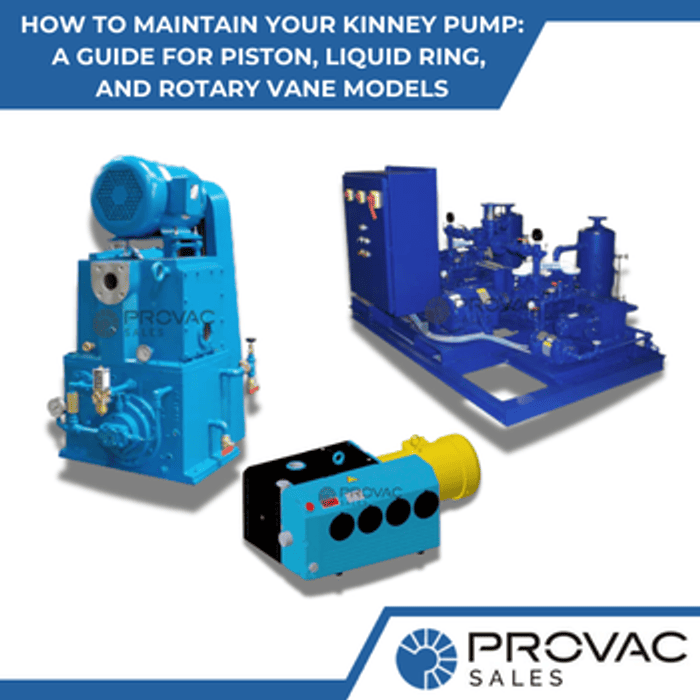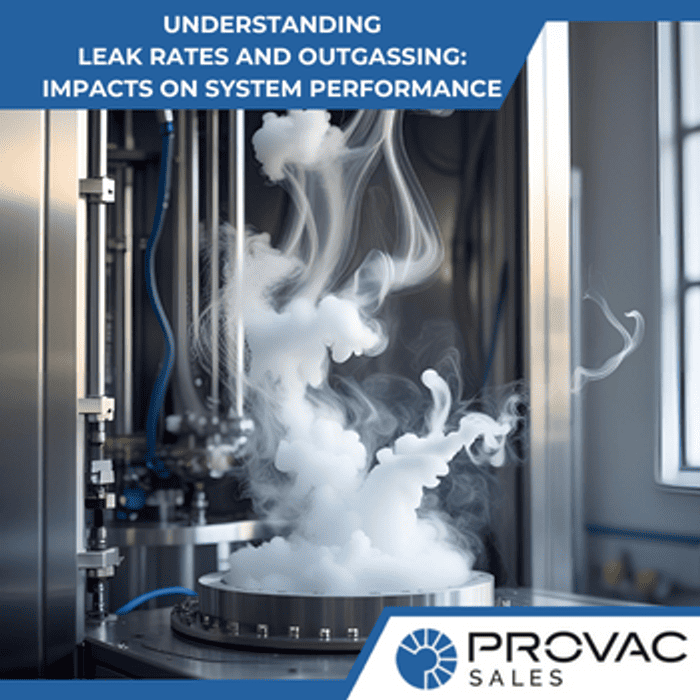History of Vacuum Pumps
Ion pumps, diffusion pumps, and steam ejector pumps are some of the most popular vacuum pumps used in scientific research and metal extraction today. However, the history and evolution of vacuum technology spans decades. Let us discover how these seemingly simple devices were invented and improved through the years.
The Origination of Vacuum Pumps
The idea of an empty space or “atoms” was first attributed to the ancient Greek philosopher Democritus. However, it was not until many centuries later that the first actual experiment on record of producing vacuums was attempted by scientists Gasparo Berti and Evangelista Torricelli.
These early experiments laid the foundation for future scientists to develop the first vacuum pump, which challenged the prevailing notions about vacuums.
Gasparo Berti's First Attempt
In 1641, Italian mathematician and physicist Gasparo Berti ran the first experiment to produce a vacuum. Berti's approach utilized a water barometer by filling a long vertical tube with water and submerging it vertically in a liquid basin. As the water gradually drained, a vacuum formed at the top. This experiment marked the earliest proof that vacuums existed.
Berti's experiment raised questions among his fellow scientists. Due to his revolutionary discovery, invited others to study the vacuum phenomenon in detail.
Torricelli's Mercury Experiment
Though groundbreaking, Berti’s experiment was not enough to confirm the creation of a vacuum. That honor would go to one of his students and fellow scientist Evangelista Torricelli. In 1644, Torricelli successfully recreated a laboratory vacuum using a glass tube and mercury. He filled the tube with liquid mercury, sealed one end, and submerged it into a mercury-filled basin. As the mercury column receded, a vacuum formed at the top. This would be more widely known as the Torricelli Experiment. e conducted an experiment known as the "Torricelli Experiment." His experiment would also lay the groundwork for developing the mercury barometer.
The Torricelli Experiment validated Berti's initial discoveries and convinced other scientists that a vacuum can be produced, paving the way for the capabilities of vacuum pumps.
Pioneers of Vacuum Pump Technology
After Torricelli’s experiment grew popular, many other scientists, such as Otto von Guericke, Robert Boyle, and Francis Hauskesbee, dedicated themselves to producing vacuums.
Their tireless commitment led to Guericke, a German scientist, inventing the first vacuum air pump. Boyle, an Anglo-Irish natural philosopher, improved the piston pump, paving the way for more efficient vacuum production. By 1709, Haukesbee, an English physicist, improved on the design further with his two-cylinder vacuum pump.
Otto von Guericke's Water-Sealed Pump
The first created by Otto von Guericke, the water-sealed air pump was a pivotal moment in justifying vacuum technology. His design incorporated a piston and an air gun cylinder, each with two-way flaps to extract air from the attached vessel. He ensured water sealed its components, preventing air infiltration. This approach is similar to a mercury displacement pump or the mechanisms of a rotary mercury pump.
Guericke's water-sealed pump showcased the potential of creating a vacuum, inspiring future innovators like Robert Boyle and Francis Hauskesbee to fine-tune and improve the design.
Boyle's Improved Piston Pump
In 1659, Robert Boyle, with Robert Hooke's help, improved the design and efficiency of Guericke’s work, furthering his impact on vacuum technology.
Boyle’s vacuum pump was made from a spherical glass globe with an opening. The enhanced piston pump effectively showed the possibility of creating a more efficient vacuum.
Haukesbee's Cylinder Vacuum Pump
In 1705, physicist Francis Haukesbee further improved Guericke’s and Boyle’s creation by inventing the double-barrelled vacuum air pump. It comprised two pump cylinders, a piston, a glass syringe, a wooden frame, and a carved handle.
Haukesbee's cylinder vacuum pump was the first to be utilized by scientists to create a partial vacuum.
Advancements in the 19th Century
Advancements in vacuum pump technology started in the 19th century due to increasing demands from the electronics and aerospace technology industries. During this period, pressure levels were reduced by six decades, and vacuum pumping speeds became more advanced. The development of the kinetic theory of gases and the invention of the vacuum gauge allowed the vacuum to be considered a measurable physical quantity for the first time.
These groundbreaking advancements initiated the rapid progress of vacuum technology, which contributed to future innovations such as Thomas Edison producing his first electric light.
Kinetic Theory of Gases and Vacuum Gauge
Pieter von Clausing’s kinetic theory of gases provided a new perspective on gas behavior and its relation to vacuum technology. This theory suggests that gas pressure is created by many rapidly moving molecules colliding within the walls of a container.
In 1874, Herbert McLeod invented the vacuum gauge, which allowed vacuums to be perceived as a quantifiable physical quantity for the first time. This groundbreaking invention enabled more precise estimations of vacuum levels, which allowed for the development of more effective and precise vacuum pump technology.
Edison's Use of Vacuum Technology
Thomas Edison, the renowned inventor who earned an unprecedented 1,093 patents, utilized vacuum technology to produce his first electric light. In 1879, Edison employed a modified mercury drip pump during his initial experiments, which required a pressure of less than 10-3 Torr. This utilization of vacuum technology enabled him to construct his first lamp, which revolutionized the way people utilized light and led to the development of other groundbreaking inventions, such as the phonograph and the motion picture camera.
Thomas Edison used vacuum technology to produce the first electric light, which paved the way for further advancements in the field of vacuum pumps. His innovative approach inspired future inventors to develop new and improved vacuum pump technologies.
Innovations in the 20th Century and Beyond
The 20th century saw the invention of many vacuum pumps such as rotary vane pumps, scroll pumps, diffusion pumps, and turbomolecular pumps. Furthermore, the benefits of vacuum pumps were quickly recognized, leading to certain surface and metal enhancements. In particular, the development of vacuum pumps was used to generate and maintain the vacuum required for nuclear reactors.
Industrial Processes and Metallurgical Benefits
Vacuum pumps are also known to influence the advancements in industrial processes and extraction of metails. By creating, improving, and maintaining vacuum in various processes, vacuum pumps have enabled more efficient production of goods and enhanced metal quality.
The widespread use of vacuum pumps has profoundly impacted different industries, from automotive and aerospace to electronics and renewable energy.
Nuclear Age Developments
The nuclear age introduced fresh challenges and prospects for vacuum pump technology. With the recognition of the imperative for vacuum pumps within nuclear reactors, it became evident that progress in vacuum applications was indispensable to cater to the requisites of this burgeoning discipline. During this era, the innovation of vacuum pumps geared towards generating and upholding the requisite vacuum for nuclear reactors transpired and triggered the evolution of more intricate vacuum applications, notably encompassing cryopumps and ion pumps.
These strides enabled nuclear reactors to be operated safely and efficiently, setting the stage for more vacuum pump innovations. The capability to establish and uphold intense vacuums even in challenging conditions underscored the flexibility and resourcefulness of vacuum pumps, firmly establishing their indispensability.
Types of Vacuum Pumps and Their Applications
There are different types of modern vacuum pumps, including the dual-action ones. Notably, the suction pump stands out. Primary (backing) pumps find their role in applications within the lower vacuum spectrum, predominantly within the scientific research domain. Stepping up to the medium vacuum spectrum, booster pumps take the spotlight, serving their purpose in various industrial procedures. Then there are the secondary (high vacuum) pumps, designed for the upper echelons of vacuum ranges, finding their place in metallurgical operations and analogous fields.
The numerous vacuum and suction pumps accessible in modern times truly underscore the remarkable adaptability and skill these devices possess in meeting the requirements of different industries. They can be utilized for scientific exploration, industrial operations' intricacies, and even metallurgical procedures. Vacuum pumps have certainly established themselves as indispensable instruments.
Summary
Starting with Gasparo Berti's initial experiment to create a vacuum, all the way to the modern vacuum applications of the nuclear age, the history of vacuum technology weaves a captivating narrative of perseverance and innovation. Across generations, the pioneers, innovators, and scientists steering the course of vacuum pump technology have sparked a revolution that has left an indelible mark on different industries and scientific research.
Anticipating the growth of vacuum pump technology, it becomes evident that the future holds limitless prospects for further progressions and new applications. The resourcefulness and unwavering resolve exhibited by scientific pioneers such as Otto von Guericke serve as motivation for future innovators. Undoubtedly, they will persist in unveiling the capabilities of vacuums, thus reshaping the parameters of human accomplishments.
Frequently Asked Questions
Who invented the vacuum pump?
Otto von Guericke invented the vacuum pump in 1650. His initial experiments laid the foundation for future inventions, including Robert Hooke’s improved piston pump and Otto’s Burgomaster of Magdeburg device.
What was the first vacuum pump used for?
Scientist Evangelista Torricelli first used the vacuum pump. It was used to create vacuums for experiments and the medical applications of anesthesia.
What is the history of a suction pump?
The Romans created the suction cup. Al-Jazari made significant improvements in the 13th century. The 15th and 17th centuries witnessed a series of redesigns and enhancements to ensure the generation of substantial vacuum levels.
What advancements in vacuum pump technology were made during the 19th century?
The kinetic theory of gasses and the vacuum gauge were developed which created enhancements in medical treatments, industrial processes, food processing, and aerospace engineering
How has vacuum pump technology been utilized in the nuclear age?
Vacuum pumps have influenced the development of nuclear reactors due to its vacuum environment, further advancing nuclear technology.





